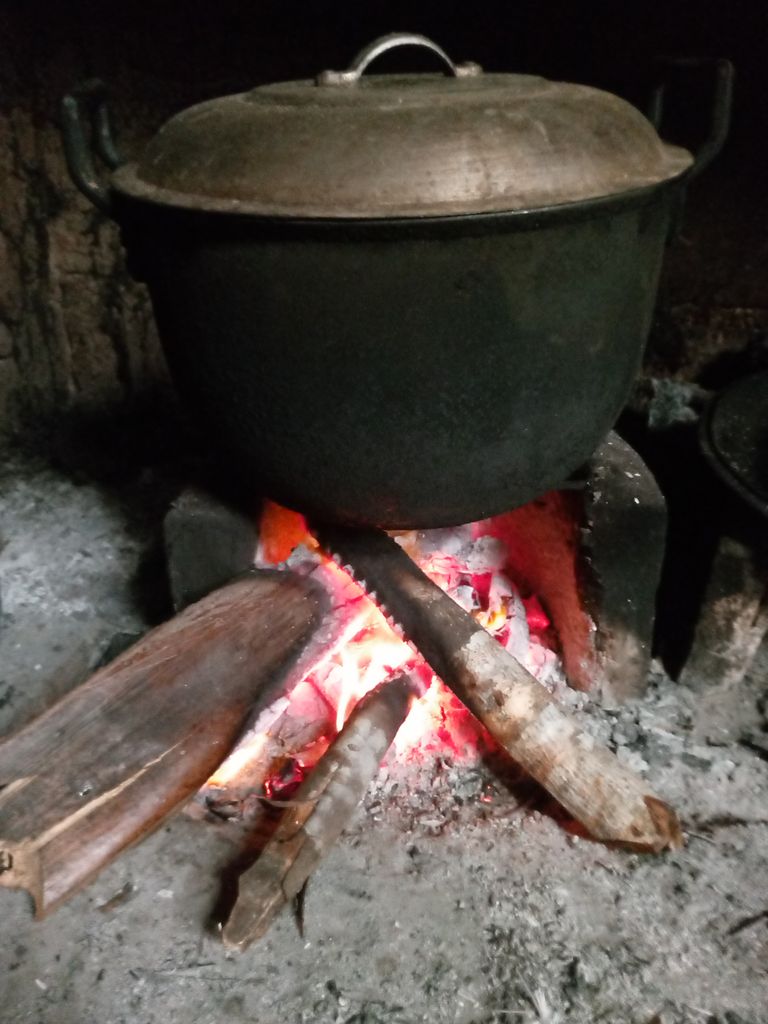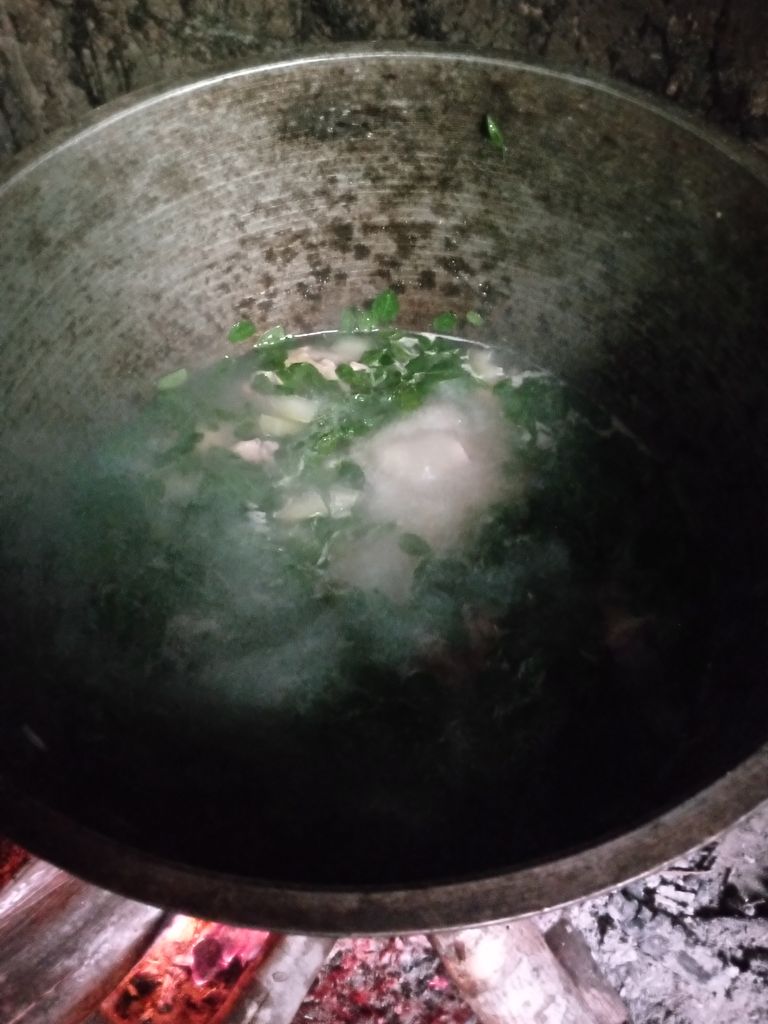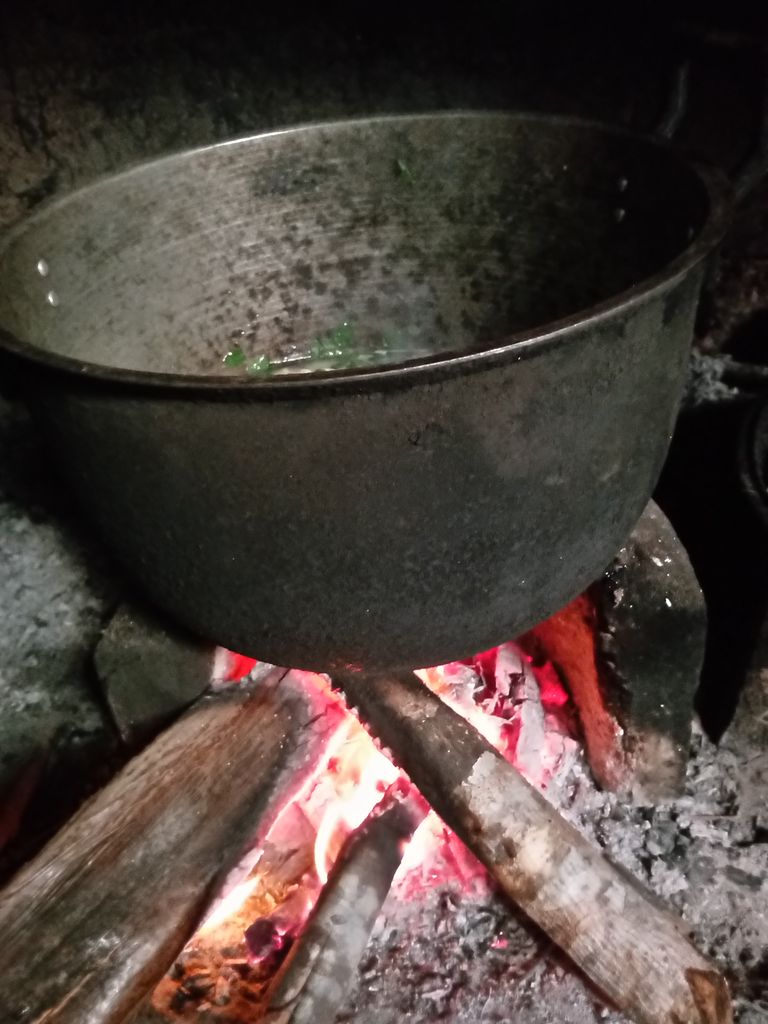
Cooking with wood is a time-honored culinary tradition that adds a unique and enchanting flavor to any dish. The crackling flames dance with an irresistible charm, infusing the food with the earthy essence of nature. Whether it's the aromatic smokiness of oak or the delicate sweetness of fruit woods, the choice of wood can elevate a simple meal to extraordinary heights. The slow, steady heat provided by wood fires creates a gentle and even cooking environment, allowing flavors to develop and meld harmoniously.


From succulent grilled meats to perfectly charred vegetables, wood-fired cooking imparts a distinct character that awakens the senses and transports us back to the simplicity and authenticity of ancient culinary techniques. Embracing the art of cooking with wood is a delightful journey of exploration, where chefs and home cooks alike can unleash their creativity and master the delicate balance between fire and food.
Wood cooking refers to the process of using wood as a fuel source for cooking food. It is an ancient cooking technique that predates the widespread use of modern cooking methods and appliances. Wood cooking can be done in various ways, including open fires, wood-burning stoves, and specialized wood-fired ovens.
Here are some common methods of wood cooking:
Open Fire Cooking: This involves cooking directly over an open flame created by burning wood logs or charcoal. It is often used for grilling, roasting, or smoking food. Open fire cooking provides a unique smoky flavor to the food.
Wood-Burning Stoves: Wood-burning stoves are designed specifically for cooking and heating. They use wood as a fuel source to generate heat, which is then used for cooking. These stoves can have a flat cooking surface or built-in ovens.
Wood-Fired Ovens: Wood-fired ovens are enclosed structures designed to retain and distribute heat generated by burning wood. They are commonly used for baking bread, pizzas, and other dishes. The intense heat and smoky flavor produced by the burning wood impart a distinct taste to the food.
Wood cooking offers several advantages:
Flavor: Cooking with wood imparts a unique smoky flavor to the food, enhancing its taste and aroma.
Versatility: Wood cooking allows for a wide range of cooking techniques, including grilling, roasting, smoking, and baking. It provides versatility in terms of the types of dishes you can prepare.
Energy Efficiency: Wood is a renewable and relatively inexpensive fuel source, making it an energy-efficient option for cooking.
However, wood cooking also has some challenges:
Temperature Control: Achieving precise temperature control can be more challenging with wood cooking compared to modern appliances. It requires experience and skill to regulate the heat effectively.
Time and Effort: Cooking with wood can be more time-consuming and labor-intensive compared to using conventional cooking methods. Gathering and preparing the wood, as well as tending to the fire, require extra effort.
Environmental Impact: The use of wood as a fuel source can contribute to deforestation and air pollution if not managed sustainably. It's essential to source wood responsibly and use efficient burning techniques to minimize environmental impact.
Overall, wood cooking is a traditional and rustic cooking method that can add a distinct flavor and experience to your culinary endeavors.
Thank you for your support. May God Bless us all 🙏❤️.
Yes.. i love this, although is how we are brought up like, is most common in the western part of my country Nigeria
Dear @joyrojas, your content was selected manually by curators @ten-years-before, @nalexadre to receive a curation from BeBlurt 🎉